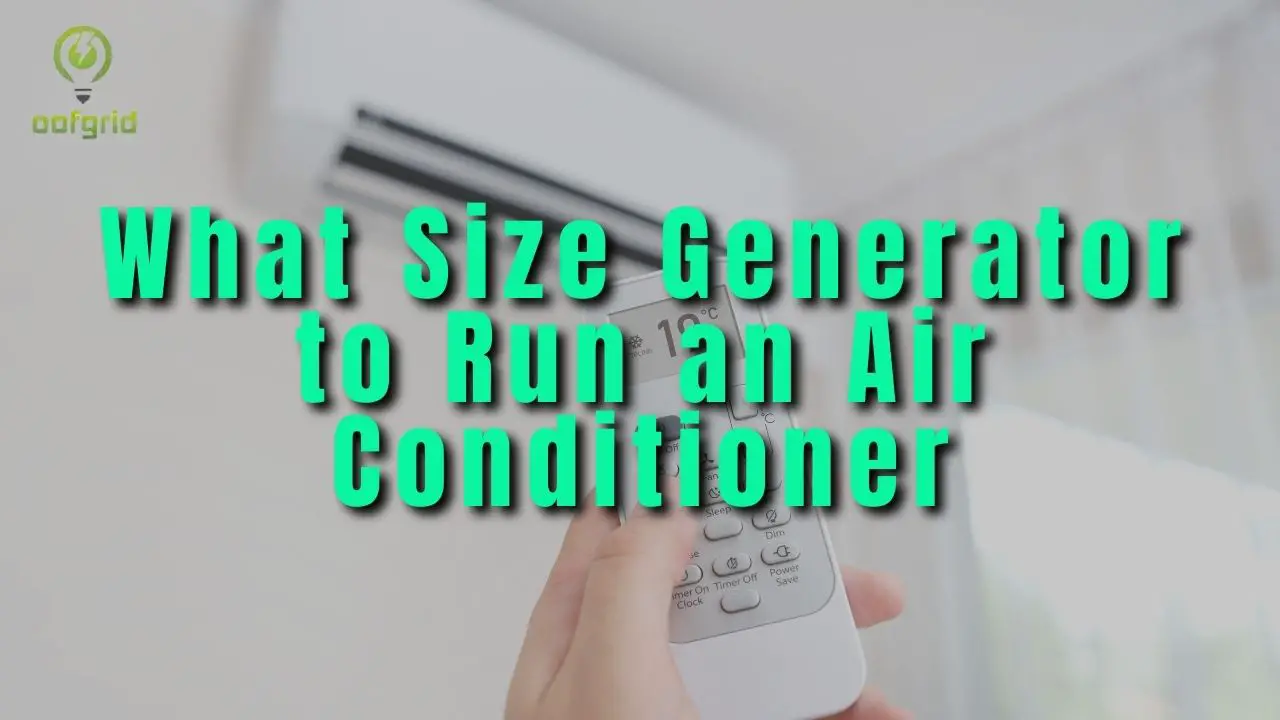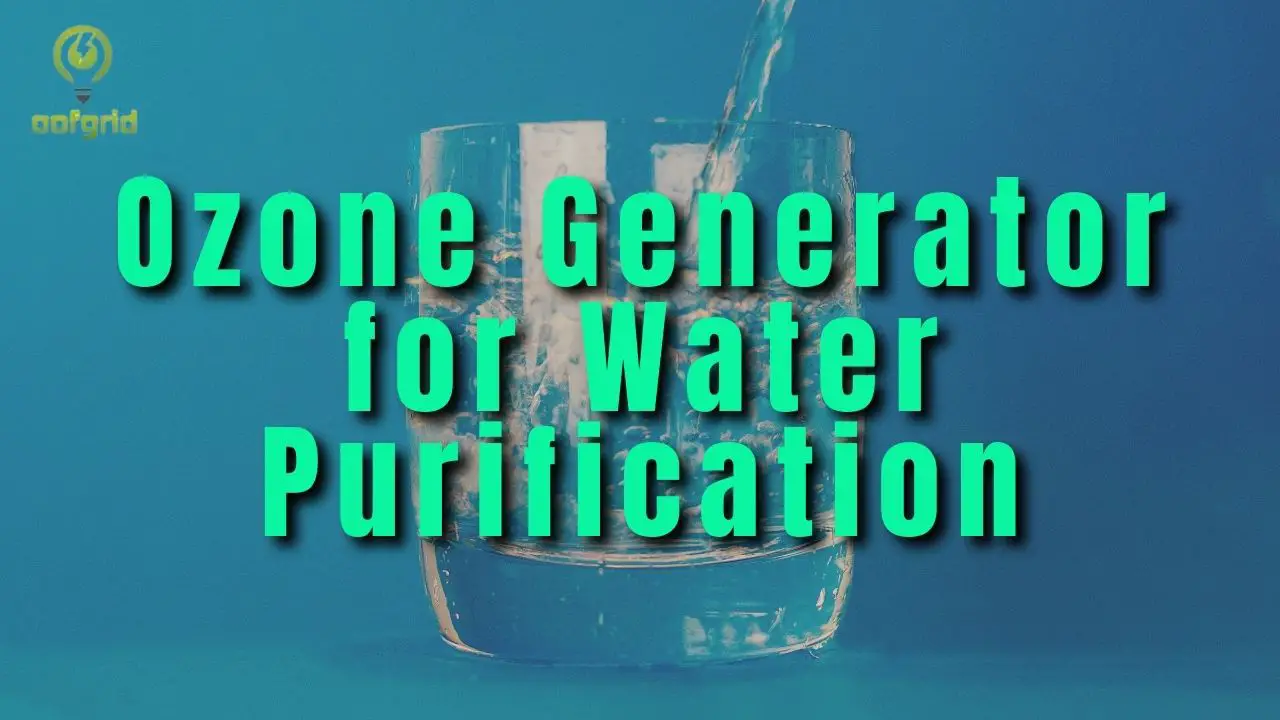When you rely on solar power, failure in the system can be very frustrating.
If you are doing a new installation or have recently replaced a component you may expect some hiccups, but when you do not see the batteries charging it can be very frustrating.
If your batteries suddenly stop charging you should investigate quickly because some types of failures can be dangerous or result in fire hazards.

Contents
3 Reasons Your Panel is Not Charging Your Battery
When you have set up your solar system and your batteries are not charging or have stopped charging, there are three things you will want to check.
- The Battery
- The Panel
- The Wiring
Solar energy travels like water through a pipe, and if there is a block in the pipe, the whole system may stop working.
Try these simple solutions to get your batteries charging and keep the lights on and the tools humming.
1. Bad Battery
The most likely problem your battery is not charging is that the battery is bad. There are a few things you can do to check to see if the battery is able to receive and hold a charge.
Damage
Start by examining the outside of the battery. This may seem really obvious and silly, but heat and overcharging can cause batteries to expand and be permanently damaged.
If your batteries were working and suddenly stopped, it is possible that they overcharged and got damaged. You may be able to see evidence of this damage in a cracked battery housing.
Even if you do not see the damage, if the batteries were exposed to too much charge or too much heat, the batteries may be unrepairable.
Charging damaged batteries is dangerous and can result in fire.
Clean the Terminals
The next easy thing you want to check is that the terminals of your battery are clean and the connections are secure.
Unless your battery bank has been stored in an area exposed to the elements, the terminals should remain clean and sparking.
If you find corrosion on your battery, check your wiring to be sure there are no problems as this could be an early warning of something being wrong.
Check the Voltage
If you have access to a multimeter you can put the terminals onto the battery and see if the voltage matches the battery voltage.
This video shows how to easily use a multimeter to test a lead-acid battery.
If you find that the voltage does not match the voltage of the battery that indicates that you have a bad battery.
Slow Charge
If you find the battery passes all the above tests try charging it with a low charge over a long time.
Sometimes when a battery has lost its charge and is entirely dead, it can take a slow charge to bring it back to life. If this results in the battery holding a charge, you should still start budgeting to replace the battery soon as this is a sign of a dying battery.
2. Panel Problems
If the batteries all look good, it is time to check on the panels. You will need to lay eyes on every square inch of your panels to be sure the problem is not there.
Blocked Panel
It may be surprising to learn that even a small shadow on the corner of a panel will keep the panel from producing energy for your batteries. The shadow works like a clog in a pipe and will not allow energy to flow from the panel to the batteries.
Look at your panels and trim back any vegetation that is casting a shadow on any part of the panels.
Be sure to check any time you notice that your batteries are not charging.
Broken Panel
If your panels are mounted in a location that you do not see very often, you may have a broken panel and not even know it.
Modern panels are very sturdy and not prone to breakage, but storm debris, animal activity, or tree damage can destroy panels.
Get out and get a good look at your panels to be sure that they have not been damaged.
Diode Trouble
Diodes are like faucets that turn the power on and off. Diodes are installed in some types of panels directly in the panel while some leave the power controlling function to the charge controller.
If your panel has installed diodes, there is a possibility that the diode has gone bad and is not allowing power to flow from the panel to the battery.
To determine if this is the problem, you will need to consult your user’s manual and perhaps contact your manufacturer.
They can help you determine that the problem is with a diode. They may be willing to replace the panel for you.
Bad Panel
Use that multimeter to test your panel to be sure it is working correctly. I left this option for last as it will require the most effort to test, but if everything else checks out, you should do this for each panel to be sure they are all working correctly.
Depending on how your panels are wired one bad panel will shut down the whole system.
3. Improper Wiring
There is a chance that if your batteries have never charged from your panel or you have recently replaced a component it is likely that you have wired something incorrectly.
There are too many configurations for me to mention here, but check the battery connections within your battery bank to be sure they are wired correctly.
It is likely that your solar panels are wired in parallel, but they can be wired in series to match the voltage of your bank.
The batteries can also be connected in a combination of series and parallel to maximize their voltage.
If you have a complex setup that was installed by a professional, you may need to reach out for a check of the wiring.
Other Issues
If you have checked the above issues and you are still struggling to get your batteries charged, there are a few other things to check.
Inverter
Inverters change your AC power to DC power to power the outlets and devices. Inverters do draw power and can go bad.
If you have used your multimeter to check that power is going from the panels to the batteries but not flowing to your devices, it may be a bad inverter.
Inverters handle a lot of power. Test the inverter to see if it is working properly. This video gives a simple explanation of how to test your inverter.
Charge Controller
The other piece to check is the charge controller. The charge controller controls the flow of energy from the panel to the batteries.
The simplest thing to check is that the charge controller settings are correct. You will need to refer to the user’s manual and the wiring diagram to be sure you have everything set up correctly.
Low Power
The final item to check is that your panels are sufficient to charge your battery bank. If you have some batteries charging but not reaching full charge, it is likely that you do not have enough panels to charge your battery bank.
You may also not have enough sunlight to collect enough power to charge the batteries. You may not have noticed heavy cloud cover or rainy days, but the panels can only collect direct sunlight.
Hidden Power Draw
Depending on how often you are monitoring your batteries, it is possible that the power coming from the batteries is equal to the charge going into them.
Disconnect all appliances from your solar system for an hour and see if the batteries are able to charge.
If you find that the batteries charge when they are not powering devices, then your battery bank is not large enough for your power needs.
Start saving to expand the system!
Reasons Your Solar Panels Are Not Charging Your Battery
If you are having trouble getting your panels to charge your battery bank, there are quite a few things you can check before calling your manufacturers and installers.
Start by checking the batteries as they are easiest to replace and easiest to access in most solar setups.
Be sure to check every battery in your setup because one bad battery can keep the batteries from storing power.
Move on to checking the panels. Check to be sure that every square inch of the panel is uncovered and undamaged.
When you have looked over your equipment check the wiring and be sure that you have confirmed that all connections are secure and properly wired.
Setting up a solar system for your home is a big project that requires a lot of knowledge, but there are professionals that can help you when you hit a snag.
Reach out to a local electrician and ask about their knowledge of off-grid solar.





